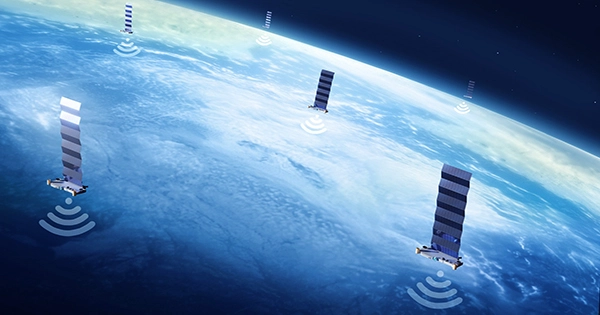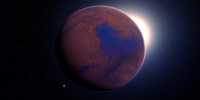The ionosphere, which is the top layer of the atmosphere where solar radiation separates electrons from atoms, leaving a jumble of electrically charged particles, is notorious for interfering with radio signals. DARPA, the Defense Advanced Research Projects Agency, has initiated a study to investigate how and why this occurs. The experiment is DARPA-funded, so it has military implications, but it might also give insight into a little-known aspect of our planet’s surroundings, as well as analogues on other worlds.
Interference from the ionosphere was a regular concern in the days when worldwide news was broadcast over shortwave radio, especially when solar flares added a rush of high-energy charged particles to the mix. In the Internet Age, this is less of an issue for regular people, but the military still has to bounce signals off the ionosphere to send them to planes or soldiers fighting in faraway regions, and satellite communication goes through the same zone.
The majority of ionosphere research has relied on ground-based devices, but DARPA wants to change that by deploying sensors aboard low-orbiting satellites. It’s dubbed the “Ouija” show, perhaps in reference to the strange effects ionosphere interference may have on TV transmissions or the polar sky. Perhaps the person who named it was bored. In a statement, Ouija program manager Jeff Rogers stated, “Ouija will combine ground-based observations with in-situ measurements from space, in very low-Earth orbit (VLEO), to build and test precise, near real-time HF propagation forecasts.”
“The VLEO altitude regime, which is around 200-300 km (120-180 miles) above Earth, is of great interest because it is an information-rich environment with the highest ionospheric electron density. For reliable HF propagation prediction, fine-grained understanding of the spatial-temporal properties of electron density at these altitudes is essential.” DARPA is looking for proposals to build, deploy, and operate satellites to research the ionosphere. The deadline is next week, so get yours in now. Rather of putting all of its eggs in one basket, Ouija’s equipment will be scattered among numerous satellites, measuring the ever-changing density of electrons in the ionosphere.
“A high sensitivity, high dynamic range, low noise HF measuring subsystem will be required for the [High Frequency] mission payload,” Rogers stated. “The antenna for this subsystem presents a unique problem, as efficient HF antennas operating at the lower end of the frequency range are lengthy, posing deployment and space vehicle drag difficulties.” A second component of the initiative is still looking for bidders, but it will use VLEO satellites to generate high-resolution electron density measurements.
















